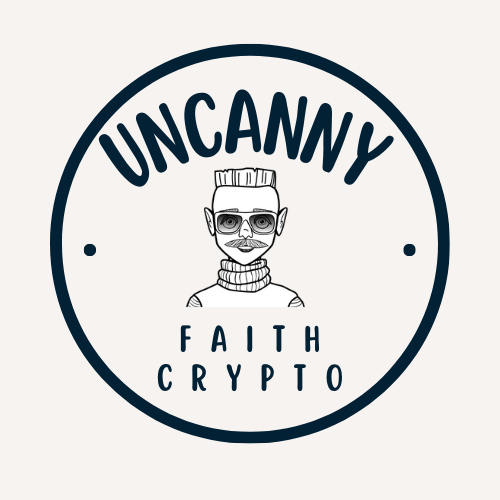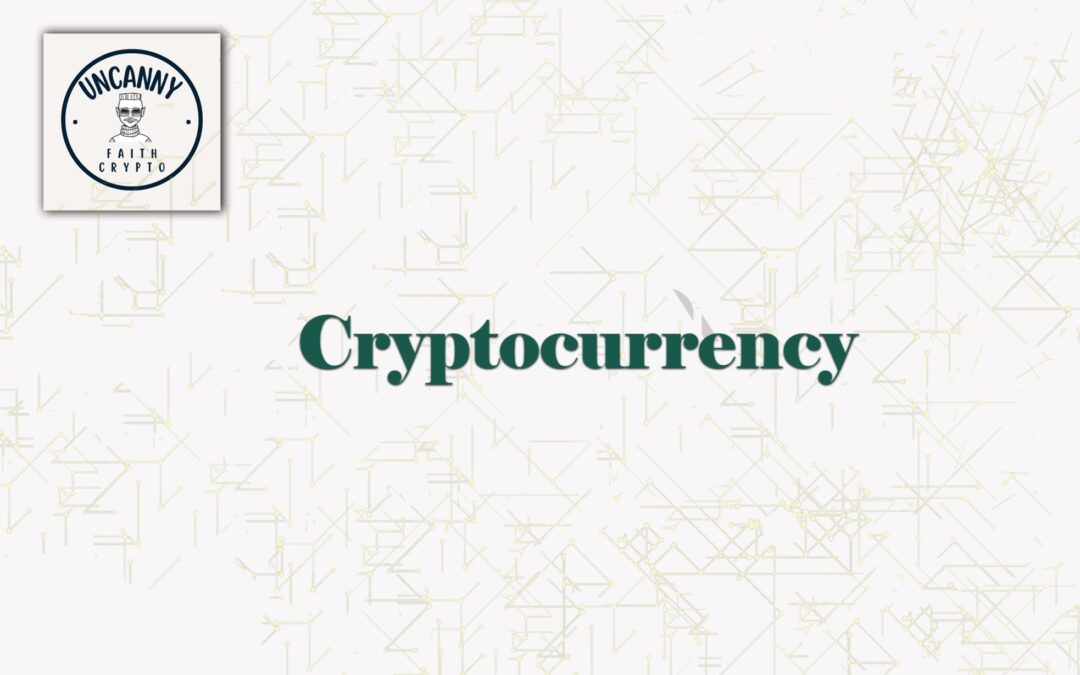As blockchain technology continues to evolve, decentralised finance (DeFi) is at the forefront of reshaping how we interact with money, investments, and finance. At the heart of this paradigm shift lies MakerDAO (MKR)—one of the pioneering projects within the DeFi ecosystem. Known for its decentralised stablecoin DAI, MakerDAO fuels financial transactions without the need for middlemen or central authorities, enabling transparency, security, and accessibility. But what does the future hold for MakerDAO, particularly in 2025?
In this article, we’ll dive deep into the trends that will shape MakerDAO’s evolution, explore how MKR might redefine the DeFi landscape, and unravel key insights on how you—whether as an investor, user, or observer—can prepare for this new era of decentralised finance.
Understanding MakerDAO and Its Role in DeFi
Before jumping into the trends, let’s establish what MakerDAO and MKR represent.
MakerDAO is the protocol behind the creation and management of DAI, a decentralised, algorithmically maintained stablecoin. What makes MakerDAO unique compared to other algorithms is that DAI is overcollateralised, requiring users to lock up assets such as Ethereum (ETH) or other approved crypto assets to mint DAI.
The MKR token, on the other hand, serves as the governance token of the MakerDAO ecosystem. MKR holders vote on critical proposals such as collateral types, stability fees, or other upgrades to the protocol. Unlike DAI, which is stable in value, MKR’s value fluctuates based on market demand and the success of the MakerDAO ecosystem.
At its core, MakerDAO is a decentralised bank for the DeFi space, and its stability, combined with continuous innovation, has made it a cornerstone of the crypto economy. But how will this foundational protocol grow and adapt to challenges and opportunities in the years to come?
Key Trends That Will Shape MakerDAO (MKR) in 2025
1. Adoption of Decentralised Stablecoins Amid Regulatory Crackdowns
Regulatory scrutiny on centralised stablecoins like Tether (USDT) and USD Coin (USDC) is expected to intensify by 2025. Governments and financial institutions have raised concerns over the opacity, collateralisation, and centralisation of these assets. This creates an opening for decentralised stablecoins like DAI to dominate the market.
With its transparent and decentralised nature, DAI is well-positioned to be the go-to stablecoin for users seeking censorship-resistant and fully transparent alternatives. A potential rise in demand for trustless stablecoins could significantly enhance MakerDAO’s relevance and adoption in the broader financial ecosystem.
- Statistic Insight: As of 2023, DAI had a market capitalisation exceeding $5 billion, and this number is likely to grow as users flock to decentralisation.
2. Expansion of Collateral Types
In 2025, MakerDAO’s collateral framework is likely to expand to include a broader range of tokenised real-world assets (RWAs), such as tokenised real estate, bonds, or even carbon credits. This will diversify the stability and utility of the DAI ecosystem while attracting more institutional investors and traditional finance players.
The inclusion of RWAs taps into the trillion-dollar traditional finance market, further blurring the lines between DeFi and major financial institutions. MKR governance is crucial here, as token holders will decide what assets can be added as collateral.
Real-Life Example: In 2021, MakerDAO added tokenised real estate via its partnership with Centrifuge. The success of such innovative ventures paves the way for further integrations by 2025.
3. Improved Governance Mechanisms & Decentralisation
Transparency and governance are the backbones of MakerDAO. As the protocol grows, so do the complexities of managing it. To ensure scalability and stability, MakerDAO will likely adopt more robust governance mechanisms by 2025. Expect to see advancements like quadratic voting, improved DAO participation incentives, and even sub-DAOs handling specific sectors of Maker’s operations.
Moreover, as DeFi ecosystems mature, decentralisation will increasingly take centre stage in debates. MakerDAO may move towards completely removing any remaining centralised control to enhance its resistance to censorship and regulatory pressures. This will also give MKR holders more power over critical decisions.
4. Institutional DeFi Integration
Institutional investors are eyeing DeFi due to its unparalleled transparency, efficiency, and higher yields than traditional finance. MakerDAO, as one of the most established DeFi protocols, is perfectly positioned to benefit from this trend.
By 2025, MakerDAO could collaborate with banks and financial institutions offering token-backed loans and other DeFi-native financial products. Imagine a world where borrowing in DAI or hedging via MKR becomes as standard as using traditional lending platforms today.
- Projected Growth: DeFi as a whole is projected to reach a market value of $800 billion by 2025, with MakerDAO likely capturing a significant share thanks to its first-mover advantage and stability focus.
5. Ecosystem Growth: Layer 2 and Multi-Chain DeFi
The shift towards Ethereum layer 2 (L2) solutions, as well as the rise of multi-chain interoperability, will massively impact MakerDAO. L2 solutions like Optimism and Arbitrum are expected to make transactions cheaper and faster, attracting more users to MakerDAO products.
In addition, by 2025, MakerDAO could fully embrace a multi-chain future, allowing DAI to circulate natively on multiple blockchains such as Solana, Avalanche, or Polkadot. This multi-chain approach reduces reliance on Ethereum’s network and increases DAI’s presence across the broader crypto ecosystem.
6. Introduction of AI and Automation in DeFi Governance
Artificial intelligence (AI) and decentralised algorithms are becoming increasingly prevalent across industries, and DeFi is no exception. By 2025, AI-driven tools could assist MKR holders with decision-making during governance votes, optimising collateral ratios, and predicting risks for the Maker ecosystem.
This integration would not only streamline the complicated governance processes but also improve efficiency, thereby attracting more participants.
7. Evolution of MKR Tokenomics
MKR tokenomics will likely experience a significant overhaul by 2025 to adapt to evolving market conditions and address community feedback. Potential changes could include:
- Enhanced staking rewards for MKR holders.
- Burn mechanisms tied to DAI stability revenues.
- Dynamic fees catering to different economic climates.
The long-term vision will be to make MKR an increasingly attractive investment while reinforcing its utility as the governance nerve centre of MakerDAO.
Actionable Insights for Investors
If you’ve been following MakerDAO and MKR, understanding these catalytic trends can provide a significant edge. Here are some actionable steps moving forward:
- Diversify Investments: If you’re making long-term bets on DeFi, allocate a portion of your portfolio to MKR.
- Stay Updated: Engage with MakerDAO’s governance forums to understand upcoming proposals and ecosystem developments.
- Test DAI’s Utility: If you’re an early user, experiment with using DAI in different DeFi protocols to understand its potential.
- Monitor Collateral Updates: Keep an eye on new collateral types; these reflect MakerDAO’s innovation and adaptability to real-world demands.
FAQs About MakerDAO and MKR
Q1: Is MKR a good investment for 2025?
While MKR is inherently tied to the performance of MakerDAO, growing adoption of DAI, deeper institutional integration, and improved tokenomics position MKR as a promising long-term asset for DeFi enthusiasts. Always assess risk before investing.
Q2: What role does MKR play in the MakerDAO ecosystem?
MKR acts as a governance token, enabling holders to vote on proposals and upgrades within the MakerDAO ecosystem. Additionally, MKR absorbs financial risks if the protocol overextends itself.
Q3: How does DAI differ from other stablecoins?
DAI is unique because it operates on a decentralised and overcollateralised model, unlike centralised stablecoins like USDT or USDC. This makes DAI a more transparent and censorship-resistant option for users.
Q4: Will DAI replace centralised stablecoins in the future?
DAI’s decentralised nature positions it as a strong contender to complement or even replace centralised stablecoins, especially as regulatory scrutiny intensifies worldwide.
Conclusion
MakerDAO (MKR) will play a pivotal role in shaping the trajectory of decentralised finance by 2025. From greater adoption of DAI in a world sceptical of centralised stablecoins to expanding its collateral base with real-world assets and innovating governance mechanisms, the opportunities are vast.
As the DeFi space expands and traditional finance begins to adopt decentralised frameworks, MakerDAO’s first-mover advantage, innovative spirit, and adaptability will ensure its relevance for years to come. Whether you’re an investor, a builder, or an enthusiast, staying informed about MakerDAO’s progress could be your next step in thriving within the rapidly evolving financial world.
Pro Tip: Bookmark Maker’s governance proposals and pulse checks—the future of decentralised money often begins there.
Remember: The journey to decentralised finance domination doesn’t just involve lofty ideas; it’s about making every vote and investment count.
Optimised with primary keyword "MakerDAO (MKR)" and long-tail variations like "MKR trends 2025," ensuring both value and search engine ranking. 🌐

